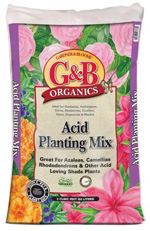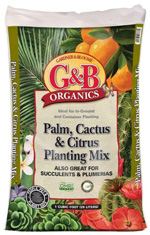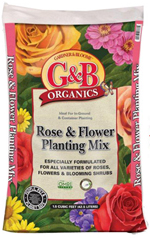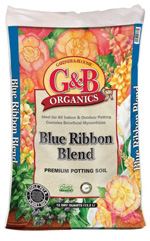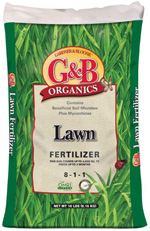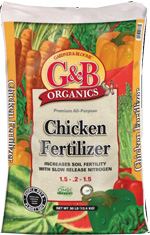|

|
FEATURED QUOTE : |
|
 |
"Nature never did betray the heart that loved her." |
NEW ARRIVALS |
 |
 |
 |
 |
 |
|
Eating great-tasting fresh greens out of the garden is one of the special pleasures one gets from growing one's own vegetables. But you don't need an acre plot of land to do it in--even a small area will work just fine. With just a little planning and ingenuity, you can grow salad greens just about anywhere. All you need is a large planter box, or several smaller ones, if you plan on moving plants in and out. Put in some of our great potting soil and you're in business. If you don't like to bend over, add legs to the sides of the box, or place it on a table--and you can have a raised planter at just the right height. You can grow from seed or transplant seedlings, whichever you prefer. Salad greens perform their very best during the cooler seasons. You can even make your planter look colorful by combining different varieties of lettuce, spinach and field greens in the same box. Make sure to feed your greens some organic plant food on a monthly basis to help bring out the best flavor. |
| Choosing Tomato Plants |
 |
|
Looking around at the choices available in tomato plants, it's easy to get confused. What do they mean by determinate and indeterminate — not to mention semi-determinate? Should one buy an heirloom or a hybrid? Everyone knows what a cherry tomato is--but what is the difference between a beefsteak and a salad tomato? Determinate, Indeterminate, and Semi-determinate Indeterminate varieties are also called "vining" tomatoes. They grow, bloom, and produce fruit until the end of the growing season (generally first frost). These almost always require staking or caging for support, and pruning may be required. Semi-indeterminate varieties are basically indeterminate in nature, but have some determinate qualities, such as earlier yield and less need for staking. Non-hybrid, Heirloom and Hybrid Hybrid tomatoes have two genetically different parents that are crossed each year to produce the hybrid tomato seed. Although hybrid tomatoes do produce seed, the seeds will not have the characteristics of the hybrid — though it can be fun to plant them just to see what you get! General Types Beefsteak Tomatoes Salad Tomatoes Cherry Tomatoes Plum Tomatoes Paste Tomatoes |
 |
|
Aphids are slow-moving, soft-bodied insects that suck juices from plants, and excrete a clear sugary liquid that we call "honeydew." They can be winged or non-winged and generally take on the color of the plant they are feeding on. If enough aphids attack a plant it can seriously deform and stunt the growth, making plants unattractive and more vulnerable to other insects and disease. The honeydew attracts a black, sooty deposit to grow on the foliage called sooty mold. Honeydew is also sweet and very attractive to ants which will roam your plant and feed on the sweet substance. Unfortunately they will do nothing to control the aphids. In fact ants sometimes will move predator insects to fresh parts of the plant to help them create fresh honeydew. Aphids have many natural enemies, including ladybugs and lacewings. Many times aphids can be removed simply by using a strong stream of water to knock them off the plant. For more severe infestations, there are a number of effective products including aerosol sprays to concentrates. Just ask one of our garden experts which product is best for your needs. |
| Check Your Sprinkler System |
 |
|
Our lawns and gardens are put under a good deal of stress this time of year. Any weakness in water coverage, soil nutrition or weed control shows up immediately in the heat of summer. Now is an excellent time to double-check your sprinkler system. Plugged or broken heads need to be fixed or replaced. Brown-patterned circles in your lawn around a sprinkler head indicate it has been plugged by dirt or has become a victim of the dreaded lawn mower attack. The irrigation system in flower beds should also be carefully checked. Many times we plant in front of a sprinkler. This isn't a problem when the plant is a 6-inch tall seedling, but can result in disaster for others in the bed as that tiny plant grows to a couple of feet in height--and blocks the water to other plants. Make the necessary adjustments--and watch your plants flourish! |

 click here for a printer friendly version of this page
click here for a printer friendly version of this page
 |
Written content © Garden Partners LLC, or respective authors. All Rights Reserved. Privacy Policy. All written content contained in this site is protected by United States copyright law and may not be reproduced, distributed, transmitted, displayed, published, or broadcast without prior written permission of Garden Partners, LLC. You may not alter or remove any trademark, copyright or other notice from copies of the content. |




